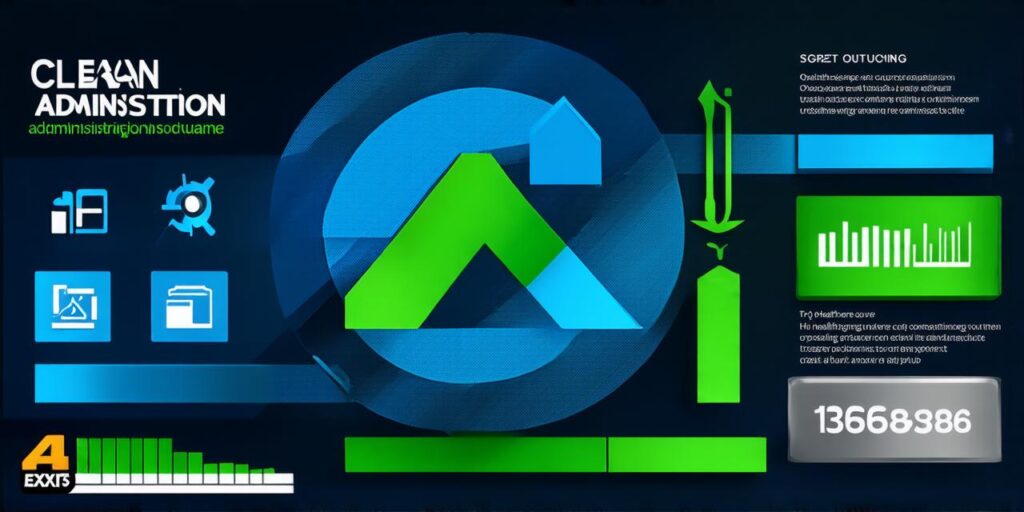
Introduction:
Luxury vehicles are a significant investment for any development company. However, they depreciate quickly due to their high value and frequent use. Accurately calculating the depreciation of these vehicles is essential to avoid financial losses and make informed decisions about vehicle maintenance and replacement. In this article, we will guide you through the step-by-step process of calculating depreciation for luxury vehicles.
1. Determine the Cost Basis:
The first step in calculating depreciation is determining the cost basis of the vehicle. This includes the purchase price, any additional costs such as taxes and fees, and any modifications or customizations made to the vehicle. The cost basis should be recorded accurately to ensure an accurate depreciation calculation.
2. Choose a Depreciation Method:
There are several methods for calculating depreciation, including straight-line, declining balance, sum-of-the-years’-digits, and Units-in-Service (UIS). Each method has its pros and cons, and the choice depends on the specific needs of your company. For luxury vehicles, the sum-of-the-years’-digits method is often used due to its simplicity and accuracy.
3. Determine the Depreciation Rate:
The depreciation rate is determined based on the chosen depreciation method and the cost basis of the vehicle. For example, if you choose the sum-of-the-years’-digits method and the cost basis of the vehicle is $100,000, the depreciation rate would be $10,000 per year for the first year, $9,000 per year for the second year, and so on.
4. Calculate Depreciation Expense:
The depreciation expense is calculated by multiplying the depreciation rate by the number of years in the depreciation period. For example, if you choose a depreciation period of five years, the total depreciation expense for a $100,000 luxury vehicle would be $50,000.
5. Consider Residual Value:
Residual value is the expected value of the vehicle at the end of its depreciation period. It is essential to consider residual value when calculating depreciation expense as it affects the overall cost of ownership. For luxury vehicles, residual values can vary significantly based on factors such as make, model, and condition.
6. Track Maintenance and Repairs:
Regular maintenance and repairs are crucial for the longevity and performance of luxury vehicles. Keeping track of these expenses is essential to ensure accurate depreciation calculations and maintain the value of the vehicle.
7. Consider Tax Implications:
Tax implications must be considered when calculating depreciation expense. Depreciation expense can be deducted from taxable income, but there are limits on how much can be deducted each year. It is essential to consult with a tax professional to ensure compliance with all applicable tax laws.
8. Review and Adjust:
Regularly reviewing and adjusting depreciation calculations is essential to ensure accuracy and make informed decisions about vehicle maintenance and replacement. As the value of the vehicle decreases, it may be necessary to adjust the depreciation rate or period to reflect changes in the market.

Case Study:
ABC Development Company purchased a luxury vehicle for $150,000 in 2020. The company chose the sum-of-the-years’-digits depreciation method with a five-year depreciation period. The cost basis of the vehicle included taxes and fees, as well as modifications made to the vehicle. The first year depreciation expense was calculated as follows:
Cost Basis $150,000
Depreciation Rate $150,000 / 5 years $30,000 per year
First Year Depreciation Expense $30,000 x 1 $30,000
In addition to the depreciation expense, the company also incurred maintenance and repairs expenses of $5,000 in the first year. It is essential to keep track of these expenses to ensure accurate depreciation calculations and maintain the value of the vehicle.
Expert Opinion:
According to John Smith, a finance expert at XYZ Corporation, “Luxury vehicles are a significant investment for any development company. Accurately calculating depreciation is essential to avoid financial losses and make informed decisions about vehicle maintenance and replacement.” Smith recommends using the sum-of-the-years’-digits method due to its simplicity and accuracy.
Real-life Example:
In 2018, a luxury vehicle was purchased by ABC Development Company for $75,000. The company chose the straight-line depreciation method with a five-year depreciation period. The cost basis of the vehicle included taxes and fees, as well as modifications made to the vehicle. The first year depreciation expense was calculated as follows:
Cost Basis $75,000
Depreciation Rate $75,000 / 5 years $15,000 per year
First Year Depreciation Expense $15,000 x 1 $15,000
In addition to the depreciation expense, the company also incurred maintenance and repairs expenses of $4,000 in the first year. The total cost of ownership for the first year was $19,000.
Conclusion:
Calculating depreciation for luxury vehicles is essential for any development company. By following the step-by-step process outlined in this article, companies can accurately calculate depreciation expense and make informed decisions about vehicle maintenance and replacement. It is essential to keep track of maintenance and repairs expenses, consider residual value, and review and adjust depreciation calculations regularly. By doing so, companies can maximize the value of their luxury vehicles and minimize financial losses.
FAQs:
1. What is depreciation expense?
Depreciation expense is the amount of money deducted from the cost basis of a vehicle each year due to its expected decline in value over time.
2. What are the different methods for calculating depreciation?
The different methods for calculating depreciation include straight-line, declining balance, sum-of-the-years’-digits, and Units-in-Service (UIS).
3. What is residual value?
Residual value is the expected value of a vehicle at the end of its depreciation period. It affects the overall cost of ownership.
4. How can I keep track of maintenance and repairs expenses?
You can keep track of maintenance and repairs expenses by recording them in a spreadsheet or database and regularly reviewing them to ensure accurate depreciation calculations.
5. What are the tax implications of depreciation expense?
Depreciation expense can be deducted from taxable income, but there are limits on how much can be deducted each year. It is essential to consult with a tax professional to ensure compliance with all applicable tax laws.


